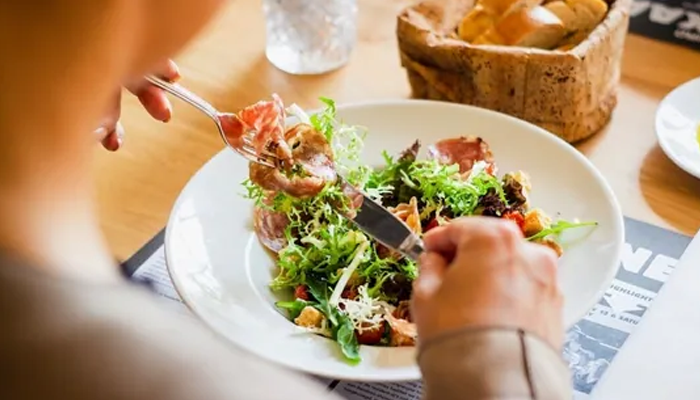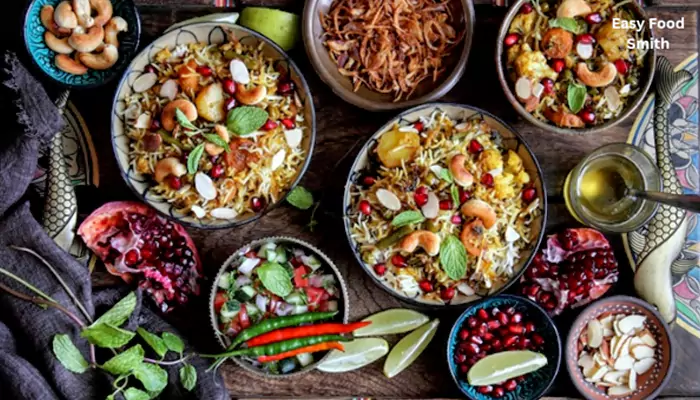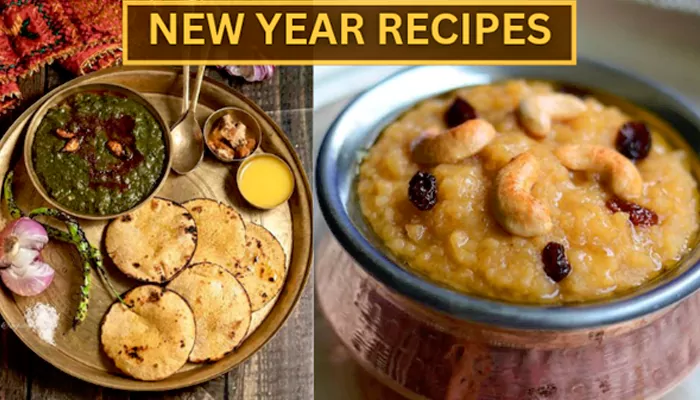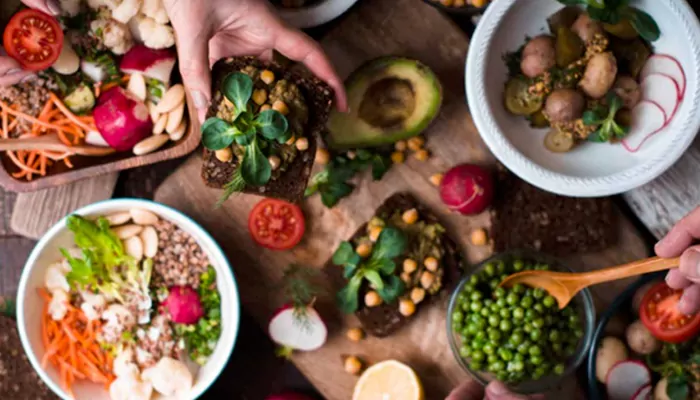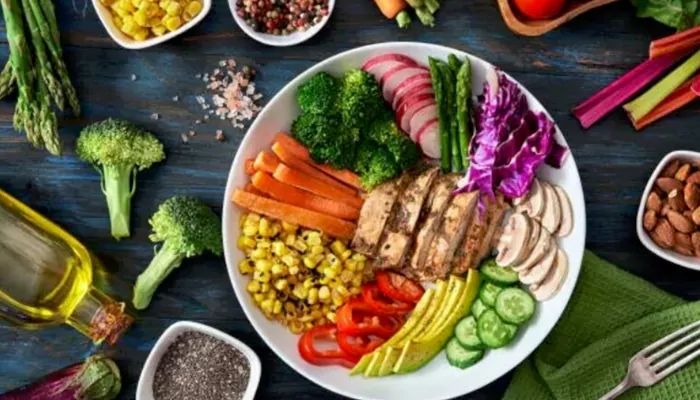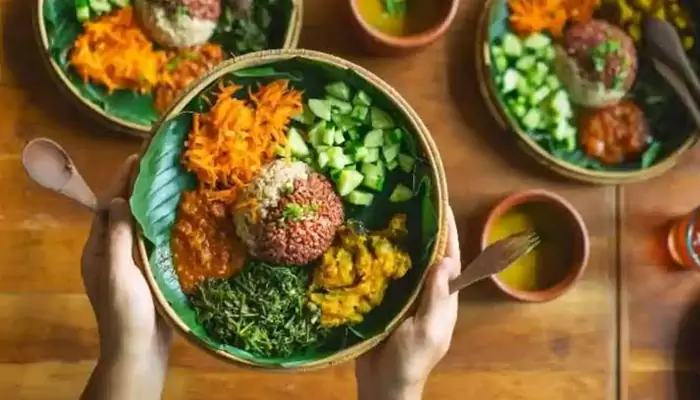
Broccoli is a superstar in the world of vegetables, often praised for its impressive nutritional profile and versatility in the kitchen. But when it comes to getting the most health benefits from this green powerhouse, a question frequently arises: Should you eat broccoli raw, or does cooking it unlock more of its nutritional potential? The answer isn't as straightforward as one might think. Let’s check what nutritionists have to say about the health benefits of raw versus cooked broccoli.
The Nutritional Powerhouse of Broccoli
Broccoli is celebrated for being a rich source of vitamins, minerals, and antioxidants. A single cup of broccoli provides a hefty dose of vitamin C, vitamin K, fibre, and folate. It's also high in antioxidants like sulforaphane, which has been studied for its potential to reduce inflammation, support detoxification processes in the body, and even help fight diseases.
Given this robust nutritional profile, it's no wonder that many people are curious about the best way to consume broccoli to maximize its health benefits. But the debate between raw and cooked often centres around whether cooking diminishes or enhances these vital nutrients.
The Case for Raw Broccoli
One of the main arguments for eating raw broccoli is that cooking can destroy certain nutrients. Vitamin C, for example, is a heat-sensitive vitamin, meaning it can degrade when exposed to high temperatures. Raw broccoli retains all of its vitamin C content, making it an excellent option if you’re looking to boost your intake of this immune-supporting nutrient. In addition to preserving vitamin C, eating broccoli raw ensures that you’re getting the maximum amount of sulforaphane. Sulforaphane is a compound that has gained attention for its potential disease-fighting properties. Research suggests that this compound is more bioavailable, that is, more easily absorbed and utilized by the body, when broccoli is raw. This is because the enzyme myrosinase, which helps form sulforaphane, is sensitive to heat. When broccoli is cooked, myrosinase can be inactivated, thereby reducing the formation of sulforaphane.
The Case for Cooked Broccoli
While raw broccoli has its advantages, cooking it can also offer unique benefits. For instance, cooking broccoli softens its fibrous structure, making it easier to digest. This can be particularly helpful for people who have sensitive digestive systems or who find raw broccoli causes bloating or gas. Moreover, cooking can increase the availability of certain nutrients, such as carotenoids and other antioxidants. Heat breaks down the cell walls of broccoli, making these nutrients more accessible to the body. Additionally, steaming broccoli, as opposed to boiling, can minimize nutrient loss while still providing the digestive benefits of cooking. Another advantage of cooked broccoli is its versatility. Steaming, roasting, or stir-frying broccoli allows for a variety of flavours and textures, making it easier to incorporate into different dishes and diets. Cooking broccoli with a small amount of healthy fat, such as olive oil, can also enhance the absorption of fat-soluble vitamins like vitamin K.
Finding the Balance: Raw and Cooked
So, is one way of eating broccoli definitively better than the other? Not necessarily. The best approach may be to incorporate both raw and cooked broccoli into your diet. By doing so, you can take advantage of the unique benefits that each form offers. For example, you might enjoy a fresh broccoli salad with a tangy lemon vinaigrette to get a boost of vitamin C and sulforaphane, while also including a serving of steamed broccoli with your dinner to enhance the availability of other antioxidants and make digestion easier. This variety ensures that you’re reaping the full spectrum of broccoli’s nutritional benefits.
What Nutritionists Recommend
Nutritionists generally agree that both raw and cooked broccoli have their place in a healthy diet. They emphasize the importance of including broccoli in any form to ensure you’re getting its broad range of nutrients. The key is to enjoy broccoli in a way that suits your preferences and meets your nutritional needs.
So next time you’re preparing a meal, feel free to mix things up, enjoy that crisp, raw crunch, or savour the tender warmth of steamed broccoli, knowing that either way, your body will thank you.

